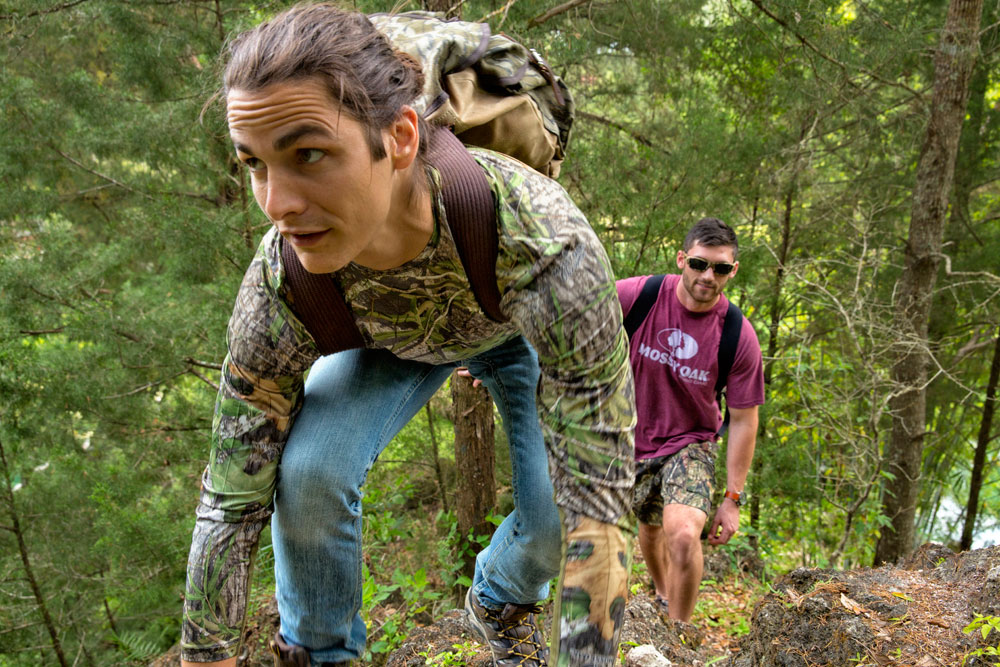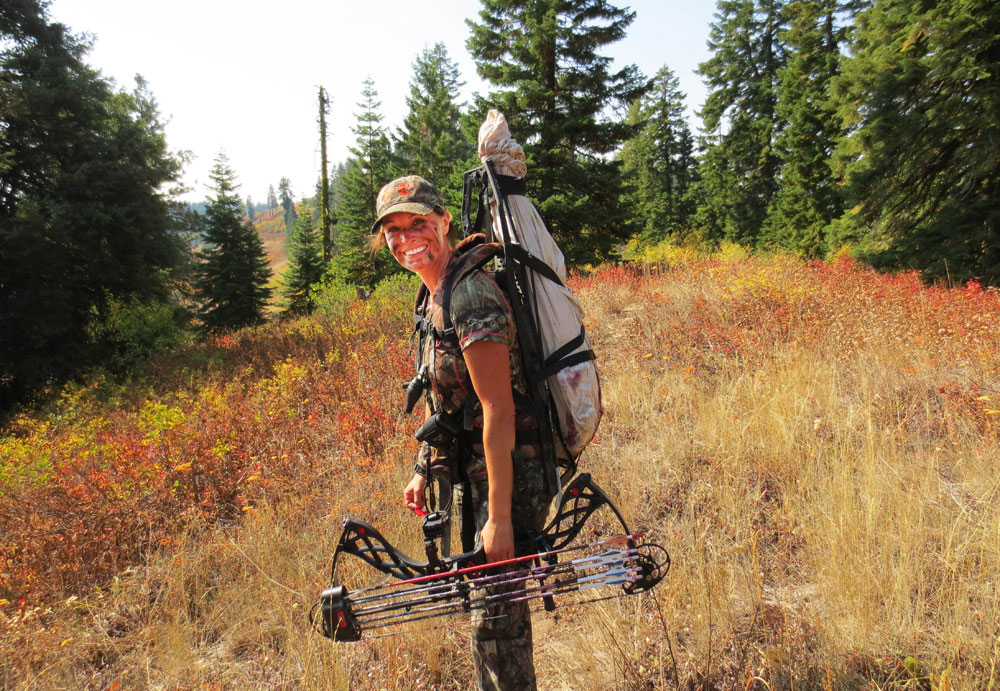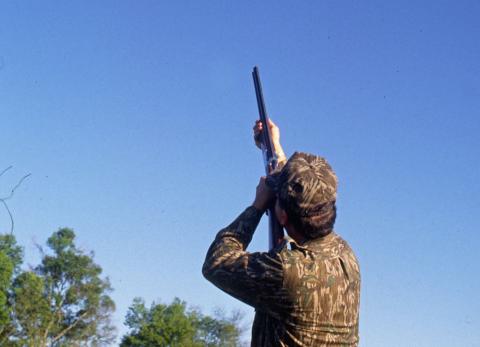Rucking is an excellent cardio exercise that involves walking briskly with a weighted backpack or rucksack, which is how rucking got its name. Proponents of this sport enjoy its simplicity and efficacy in getting you in shape for hunting season.
Rucking has its roots in army training; the long history of soldiers learning to march for hours with weighted backpacks or rucksacks goes back to Roman legionnaires. Rucking is a cheap and easy way to train your body.
If you're considering an exercise regimen but don't fancy expensive gyms or overly complicated machines, rucking may be the solution for you. It’s a great training regimen for hunters who are preparing for elk hunting season.
Here are some more things to know about rucking before strapping up and setting out.

Great for Your Heart
Rucking is a cardiovascular exercise that raises your heart rate more than regular walking. Technically, rucking is classified as active resistance training, which means it's part cardio and part resistance training.
This activity can make your heart more robust, and it will build strength in your leg and core muscles, creating a superb foundation for better health.
Builds Strength
As an active resistance exercise, rucking strengthens your muscles. The added weight on your back can give your lower body a vigorous workout; you may feel soreness in your hamstrings and quads after you ruck, especially if your route involves hilly terrain.
Your back gets the lion's share of the benefits from rucking, as that is where you're carrying the added weight. Even your core gets stronger as it works to stabilize your body.
Improves Posture
Our posture reflects what we do all day and, if you're like most of us, that includes sitting at a desk and looking at a computer screen. There are dozens of products on the market to improve your posture, from specialty corsets to sensors that buzz when you slump.
Rucking improves your posture by pulling your shoulders back. With a weighted pack on your back, you're training your body to maintain an ideal posture.

Burns Almost as Many Calories as Running
Rucking is less detrimental to your joints than running, and the two exercises require nearly the same energy expenditures per unit of time. Rucking burns nearly 2.5 times more calories than walking does.
We're all looking for ways to maintain physical fitness that aren't boring or too repetitive. Rucking offers an exciting way to burn almost as many calories as you would by running.
Gentle on Your Joints
Running is a great cardio exercise, but it's rough on your knees. Patellofemoral pain syndrome or PPS, otherwise known as knee pain, can throw your whole body out of alignment.
Every stride, you put anywhere from 7 to 12 times your body weight onto your knees. The high intensity and impact of running, paired with its repetitive motions, can cause severe and sometimes permanent damage to your joints.
If you're looking for a way to augment your physical fitness routine, but you don't like how running makes your body ache, rucking may be a good exercise for you.
Gets You Outside
One of the most important assets of rucking is that it gets you outdoors. Technically, you could wear a weighted rucksack as you walk miles on the treadmill, but why do that when you can enjoy nature as you exercise?
Rucking gets you outside, where the natural terrain provides added fitness challenges, and the scenery is a welcome respite for your senses. Modern living necessitates a lot of time indoors, and getting out into nature can reduce your stress levels and risk of some diseases.
Opportunity for Social Exercise
One of the best ways to feel connected to others is to engage in an activity with them, and rucking is the perfect way to spend time with your friends while getting exercise. Rucking with a group or partner can motivate you to keep going and keep things interesting as you walk the miles.
Even if you prefer hiking by yourself, rucking still gets you into the woods for a great workout, and it can prepare you for hunting season.
Tips for Beginners
If you've never rucked before, you shouldn't dump 30 pounds of rocks in your rucksack and head out the door. Here are a few pointers before you take up this activity.
Your Rucksack
Rucking originally got its name from the word "rucksack," which was what soldiers used to carry their equipment during long marches. A backpack or rucksack will work fine for rucking, although you should make sure the straps aren't too thin and that the material is durable enough to carry weight.
Some ruckers prefer weighted vests with removable weights, as these distribute the weight more evenly across your chest and shoulders. A weighted vest also sits higher up on your torso, so it puts less stress on your lower back.
Hiking with a packed backpack is also considered rucking. Make sure you know how to pack a hiking backpack and check the weight of the packed bag.
How Much Weight?
You don’t want to throw a 50-pound weight in your pack and head out the door on your first rucking experience; you should add weight gradually and start on the lighter end.
Experts advise starting with 10% of your body weight. If you weigh 200 pounds, you should start your rucking workout with 20 pounds and work your way up in 5-pound increments.
Don't go over 30 to 35 pounds unless you're training for the military. Any more weight than that will put undue strain on your body and cause more harm than good.

Rucking is an excellent way to train your heart and muscles and improve your posture. It also gets you outside and is a great training exercise for hunters preparing for elk season. If you've never gone rucking before, consider our tips before you throw some weights into your backpack and head out the door.






























